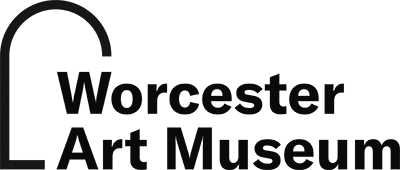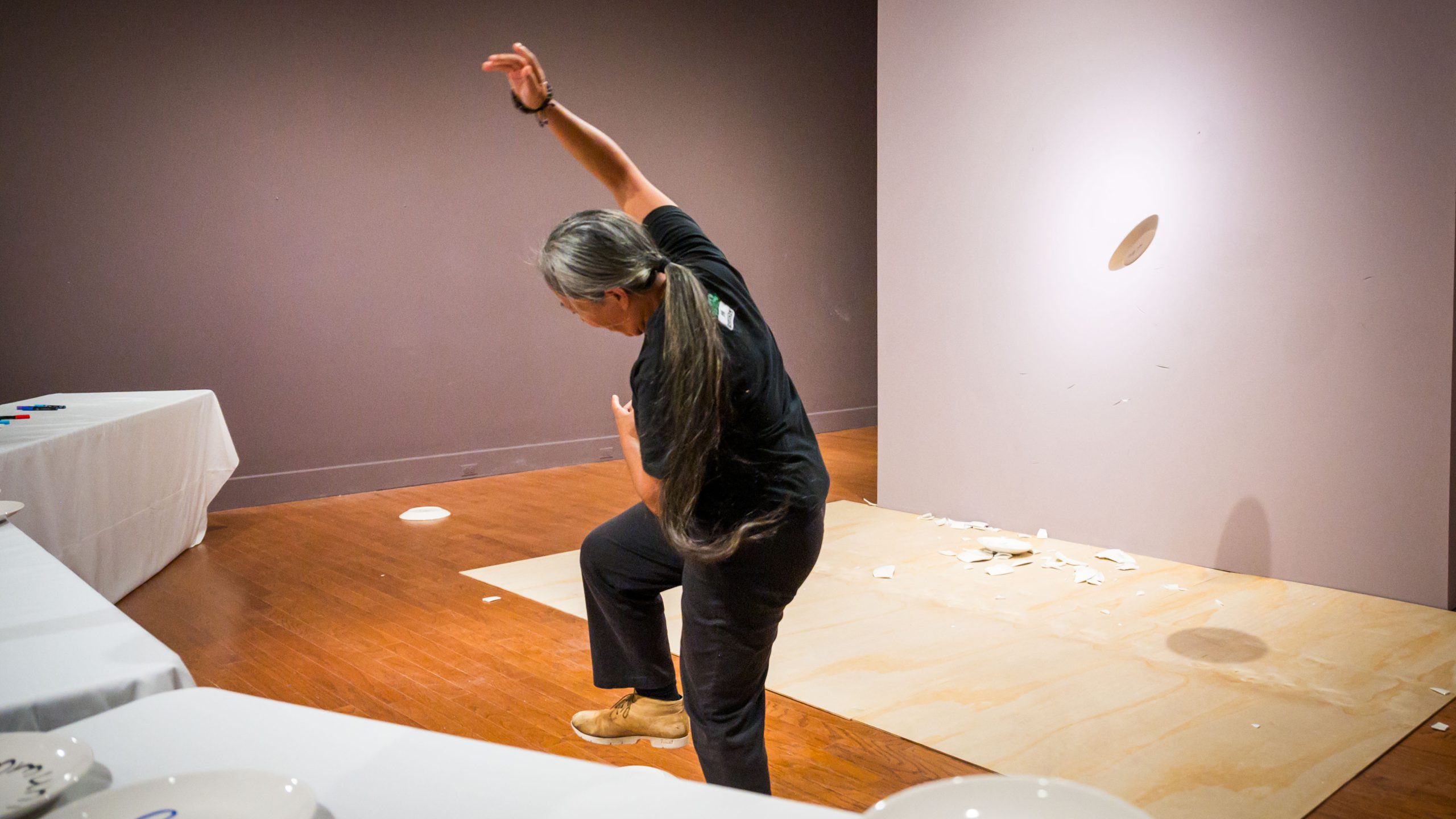Connecting two far corners of the globe to further cross-cultural friendship and creativity is the essence of the Southeast Asia Artist-in-Residence program at the Worcester Art Museum. The program offers an exchange of knowledge and practice between artists from Southeast Asia and the greater Worcester community.
During their residency in Worcester, the artists create work, exchange ideas with local artists, engage with the Worcester Art Museum collection, participate in local arts and cultural events, and more.
2023 artists
Arahmaiani Feisal
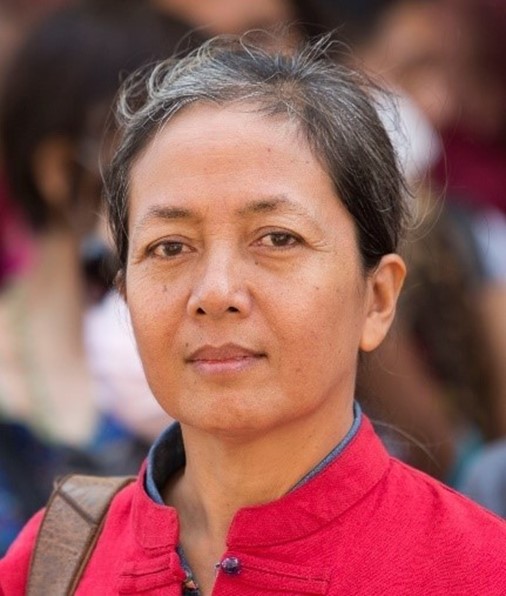
Arahmaiani Feisal is one of Indonesia’s most influential and respected contemporary artists. She is internationally recognized for her powerful and provocative commentaries on social, political, and cultural issues. Her work has grappled with contemporary politics; violence, particularly towards women; female discrimination; critique of capital; the female body; and her own identity, which although Muslim, still mediates between Islamic, Hindu, Buddhist, and animist beliefs. Known professionally as Arahmaiani, she has been practicing her artistic approach through the mediums of performance art, video, installation, drawing, and painting since the early 1980s.
Nguyễn Phương Linh
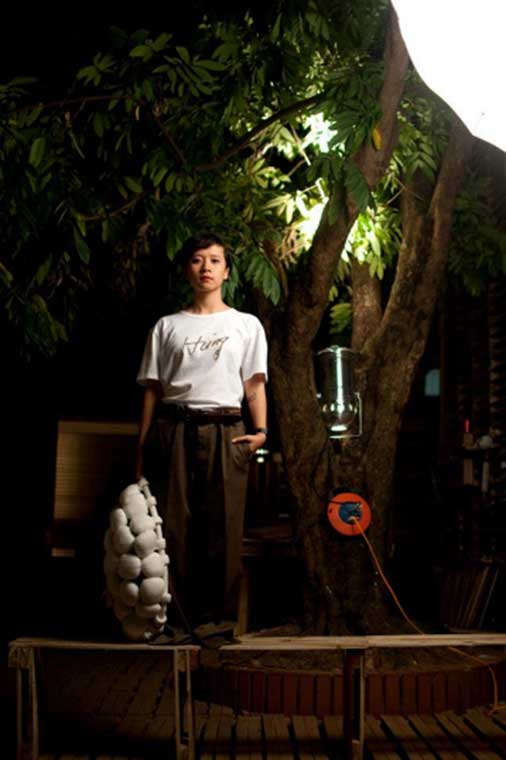
Phuong Linh is an internationally recognized artist, having exhibited her work across Asia, Europe, and the United States. Her multidisciplinary practice spans installation, sculpture, and video. In her art, she explores geographic cultural shift, traditional roots, and fragmented history in Vietnam—a complex nexus of ethnicities, religions, and cultural and geo-political influences. Her works contemplate the visible/invisible truth, form, and time, to convey a pervasive sense of dislocation and the ephemeral. In 2011, Phuong Linh co-founded and co-directed the Nha San Collective, a group of young artists dedicated to pushing the boundaries of expression in Vietnam as well as supporting other young artists in the community. She is based in Hanoi, Vietnam.
Past artists
2019
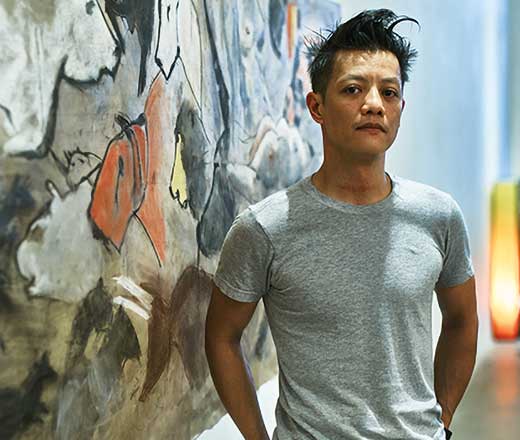
Richard Streitmatter-Tran was born in Bien Hoa, Vietnam, during the Vietnam War. Adopted by an American family in Massachusetts, he grew up on Cape Cod during the 1970s and 1980s and was drawn to works by quintessential New England artists, such as Edward Hopper and Winslow Homer. Since moving to Vietnam more than 15 years ago, he has established his artistic career in Southeast Asia, as well as Asia and Europe. During his residency at WAM, Streitmatter-Tran studied works by Hopper, Homer, and John Singer Sargent from the Museum’s permanent collection. He created a series of new works about contemporary Massachusetts using techniques such as painting with watercolor and gouache on silk, which he has developed in Vietnam over the past few years.
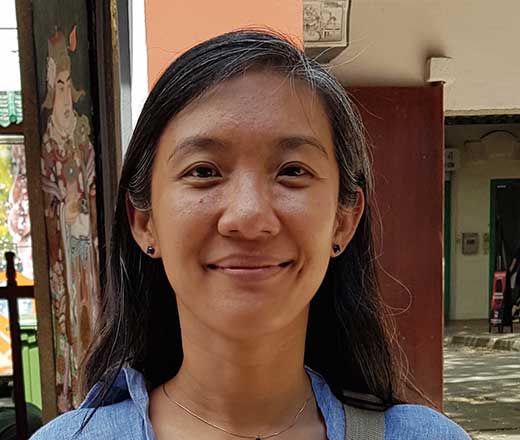
Jennifer Teo is the Post-Museum co-founder and represented the group during its residency at WAM, where she worked with local residents to create Worcester Really Really Free Market. Part of a worldwide movement and social experiment, Post-Museum’s ongoing Really Really Free Market series (2009–present) forms a temporary “free” market zone based on an alternative gift economy. Founded in 2007, Post-Museum is an independent cultural and social art collective in Singapore, which aims to encourage and support a thinking and proactive community. Working in the space between visual arts and social activism, Post-Museum has been creating art, as well as curating, organizing, writing, and lecturing in Singapore and abroad for 12 years. They maintain an open platform for examining contemporary life, connecting people, and promoting the arts.
2018
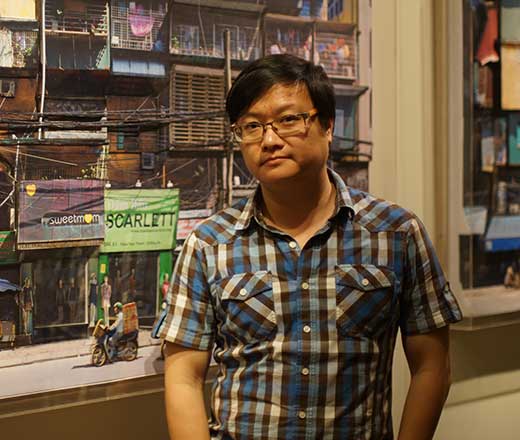
Nguyễn Thế Sơn, of Hanoi, Vietnam, is a professor of fine arts in Hanoi who studied photography in Beijing. Fascinated by life on the streets, especially the ubiquitous, ever-toiling, low-wage earners who are so easily overlooked, Thế Sơn uses his photography to create large-scale, layered, and sculptural dioramas that reflect his street experiences. This trip was his first to the United States.
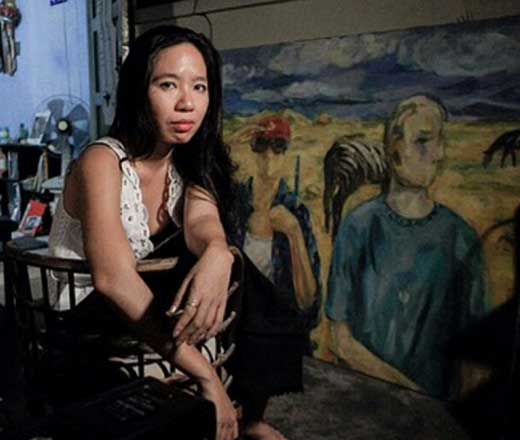
Nguyễn Kim Tố Lan is a multidisciplinary artist in Ho Chi Minh City, who helped found Sao La Collective, an independent art collective in the southern region of Vietnam. Community-oriented, she and fellow artists have been working towards a multi-form art approach and creating more public engagement.
History
Southeast Asian Artists-in-Residence program
The Southeast Asian Artists-in-Residence program was founded in collaboration with the Indochina Arts Partnership and the Southeast Asian Coalition of Central Massachusetts. This program is supported in part by the Indochina Arts Partnership (IAP) Fund at the Worcester Art Museum and a grant from the Worcester Arts Council, a local agency, which is supported by the Mass Cultural Council, a state agency. Additional support is provided by the Crawford Foundation and Minh and Robert Mailloux. Support for 2023 artist housing provided in part by Homewood Suites by Hilton Worcester.
The Indochina Arts Partnership
Established in 1987 by David Thomas, a Vietnam veteran, the Indochina Arts Partnership (IAP) is an organization for art, cultural, and educational exchanges between the United States and Vietnam. Since its founding, the IAP has supported more than 70 artists and cultural representatives through the residency program. The organization’s early success includes numerous important exhibitions, namely As Seen from Both Sides (1991), Seven Pillars (1994), and An Ocean Apart (1995), which introduced Vietnamese artists to the American audience for the first time after the war. Since 2016, IAP has furthered the discussions of arts among artists in countries of Southeast Asia, creating cross-sectorial partnerships, and supporting projects that promote cultural diversity. Having achieved its mission, the organization closed in 2019 and established the IAP Fund at WAM to continue supporting the Southeast Asia Artists-in-Residency.
About the Southeast Asian Coalition of Central Massachusetts
The Southeast Asian Coalition of Central Massachusetts, Inc. (SEAC) was founded in 1999 to address the lack of culturally and linguistically appropriate support services for Southeast Asian immigrants and refugees in Central Massachusetts, which include Laotians, Cambodians, Nepalese, Bhutanese, Burmese, and Vietnamese. SEAC’s mission is to help Southeast Asians in Central Massachusetts successfully integrate into mainstream society, thrive, and become contributing citizens while maintaining their unique cultural identity. SEAC provides assistance with more than 10,000 client visits annually and offers a robust cultural program to help strengthen the local Asian community and bring healing to displaced refugees and immigrants. In 2015, SEAC earned the Massachusetts Non-Profit Network Excellence Award for the small non-profit category.
